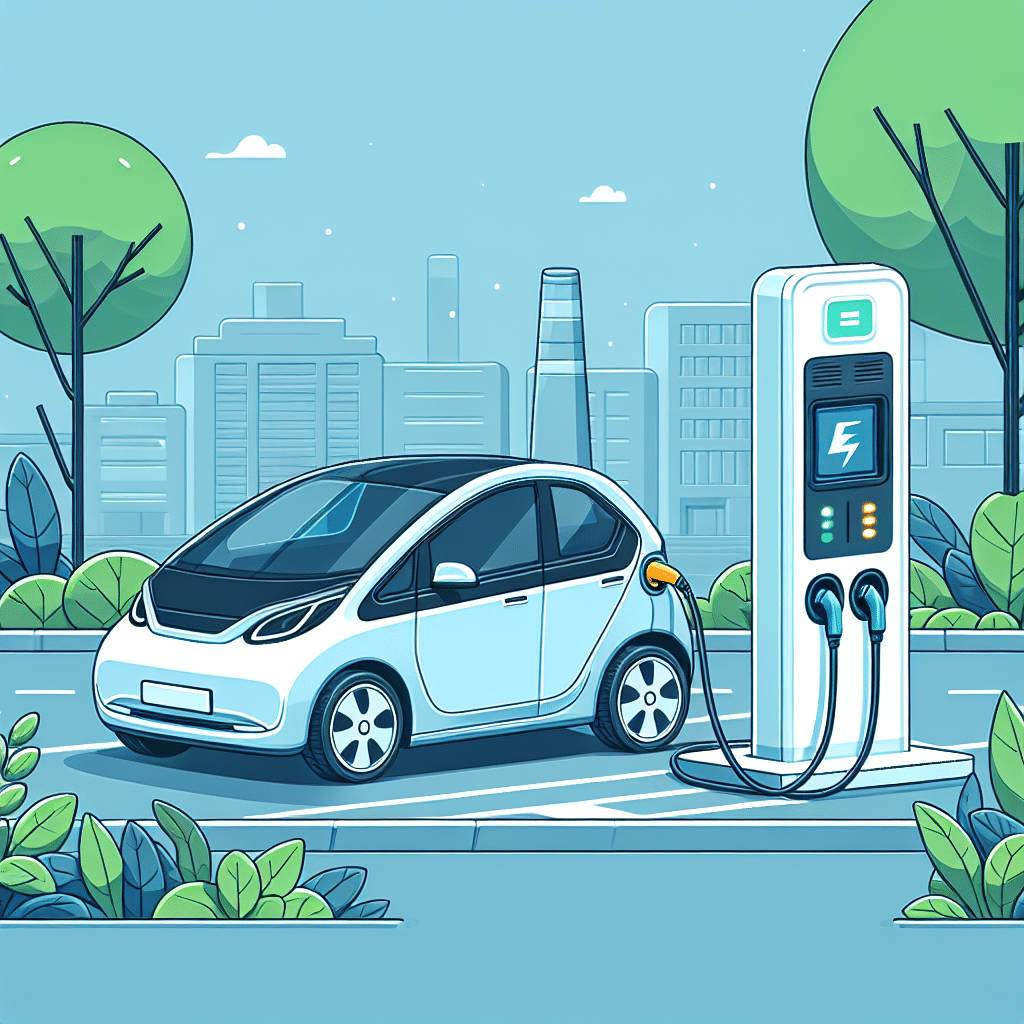Understanding Electric Vehicles and Charging Basics
Electric Vehicles (EVs) are becoming increasingly popular, and with this rise comes the necessity for an understanding of how to properly charge these vehicles. As a beginner, navigating the EV charging landscape may seem overwhelming. However, this EV charging guide simplifies the process, providing you with everything you need to know to get started.
Types of Electric Vehicles
Before diving into charging, it’s essential to familiarize yourself with the different types of electric vehicles:
-
Battery Electric Vehicles (BEVs): These vehicles run entirely on electricity and must be charged from an external power source. Examples include the Tesla Model 3 and Nissan Leaf.
-
Plug-in Hybrid Electric Vehicles (PHEVs): PHEVs combine a conventional internal combustion engine with an electric motor and can operate on electric power and gasoline. Examples include the Toyota Prius Prime and Ford Fusion Energi.
-
Hybrid Electric Vehicles (HEVs): While these use both electric power and gasoline, they typically don’t need to be plugged in for charging.
Charging Levels Explained
Electric vehicle charging comes in three primary levels, which differ in voltage, charging speed, and infrastructure requirements.
Level 1 Charging
- Voltage: 120 volts (V)
- Charging Speed: Provides about 2-5 miles of range per hour
- Installation: Requires a standard household outlet.
- Ideal for: Overnight charging at home for short-distance commuters.
Level 2 Charging
- Voltage: 240 volts (V)
- Charging Speed: Provides about 10-60 miles of range per hour, depending on the vehicle and charger specs.
- Installation: Requires a dedicated charging station, often installed in garages, homes, or public charging locations.
- Ideal for: Faster home charging or public charging while you’re at work or shopping.
DC Fast Charging (Level 3)
- Voltage: Can vary, generally from 400V to 800V
- Charging Speed: Provides 60-100 miles of range in just 20-30 minutes.
- Installation: Typically found in public charging stations, not for home use.
- Ideal for: Long-distance travel when you need a quick recharge.
Where to Charge Your EV
Home Charging
-
Installation of a Level 2 Charger: For the best home charging experience, consider installing a Level 2 charger. This setup usually requires the help of a licensed electrician.
-
Using Standard Outlets: Level 1 charging is feasible for many drivers. However, for frequent charging needs or if you own a BEV, a Level 2 charger is highly recommended.
Public Charging Stations
-
Finding Stations: Use apps like PlugShare, ChargePoint, or Tesla’s Supercharger network to locate nearby charging stations. Many of these apps provide real-time information about availability and charging speed.
-
Charging Networks: Familiarize yourself with different charging networks like Electrify America, EVgo, and Blink, as various EVs have different compatibility with these networks.
Key Considerations When Charging
-
Charging Costs: Charging costs can vary significantly based on your local electricity rates. Some public charging stations may bill by time or kWh usage. Always check the pricing structure at the station before charging.
-
Battery Maintenance: Regularly charging your EV can help maintain battery health. However, try to avoid letting the battery discharge completely or stay at maximum charge for prolonged periods.
-
Plug Compatibility: Ensure you understand the type of charging port your vehicle supports. Tesla vehicles use their proprietary connector, while most other EVs use a CCS or CHAdeMO connector for fast charging.
Charging Etiquette
-
Station Sharing: If you’re charging at a public station, be considerate of other EV drivers. Move your vehicle promptly once it’s charged to free the station for others.
-
Idle Fees: Some charging stations impose idle fees for vehicles that remain parked after fully charging. Be mindful of your time to avoid unnecessary charges.
-
Use Charging Apps: Utilize charging apps, like ChargePoint or PlugShare, to leave feedback on your experience at charging stations. This helps fellow EV drivers and promotes station upkeep.
Understanding Range Anxiety
Range anxiety refers to the fear of running out of battery before reaching a charging station. Here are some strategies to alleviate range anxiety:
-
Know Your Range: Familiarize yourself with your vehicle’s range based on battery capacity and driving style. Manufacturers often provide real-world range estimates.
-
Plan Routes: Use trip planners that include charging station locations to ensure you have access to charging along your route, particularly during long journeys.
-
Use a Backup Plan: Always have a backup plan for charging your EV. Consider downloading multiple charging station apps and keeping a list of nearby charging points ready.
Future Trends in EV Charging
-
Wireless Charging Technology: Though still in development, wireless charging pads for EVs present a convenient charging option, showing promise for the future.
-
Faster Charging Solutions: Continued advancements in battery technology and charging infrastructure promise to reduce charging time significantly.
-
Solar Charging: Home solar systems paired with home battery storage can offer an independent and sustainable charging option.
Conclusion
With this EV charging guide, beginners can navigate the world of electric vehicles and charging with confidence. Familiarization with types of EVs, charging levels, and where to charge is vital to creating a seamless EV experience. Remember that EV charging infrastructure is constantly evolving, and innovation continues to enhance the convenience and efficiency of electric vehicle ownership.
